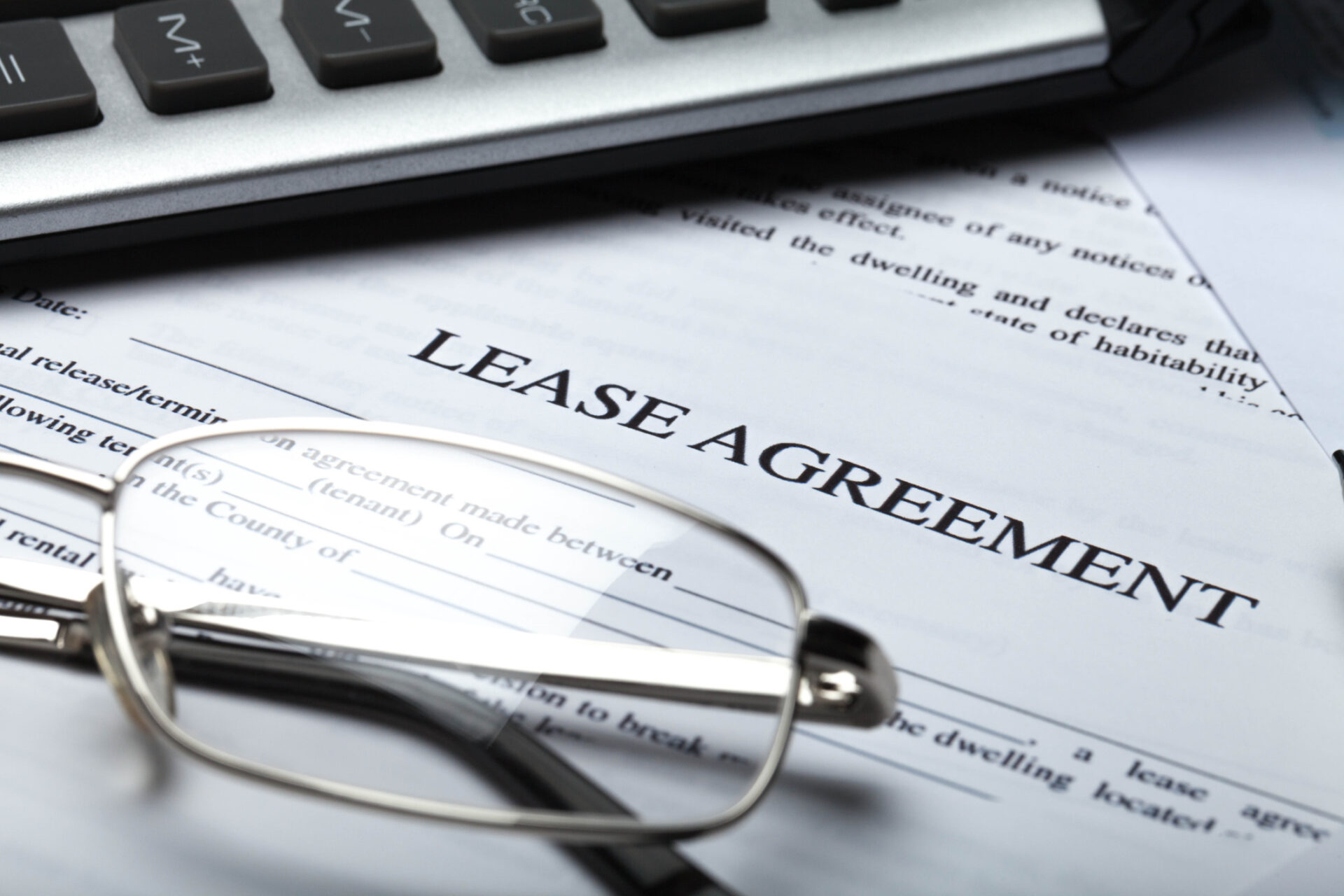Getting customers to pay during uncertain economic times, like the coronavirus pandemic, is critical to the cash flow and survival of a small- or mid-sized business. If clients aren’t paying despite multiple past-due notices and other attempts to settle, it might be time to consider a debt demand letter.
Demand Letter Intensifies Collection Process
A debt demand letter is the first step in the formal debt recovery process. It escalates debt collection beyond past-due notices and attempts to negotiate alternate payment arrangements, and signifies to the client that nonpayment will result in legal proceedings.
It is a formal letter with a formal demand that the client pays outstanding invoices. It can also be used to request a return of funds from a contractor or other service provider who was paid upfront but never performed the promised services.
This letter provides legal proof that the client has been informed of the outstanding debt and that payment has been requested. It is the last form of communication prior to suing the debtor.
What Should a Debt Demand Letter Include?
Debt demand letters are often sent by legal representatives. They are formal and take a serious, businesslike tone. Avoid angry threats and remain polite. These letters should be short, factual, and to the point.
A good demand letter should include:
- Name and address of both parties;
- The amount of outstanding debt;
- A basic description of facts including why a debt is owed, such as the service or product provided, or details of a signed contract that was not fulfilled;
- Details of prior attempts to collect the debt or reach alternate payment agreements;
- Interest or penalties;
- Any terms of settlement if an amount less than the full debt will be accepted;
- The date by which payment should be made;
- Method of payment; and
- Steps that will be taken if payment is not made by the due date (such as commencing court proceedings and compelling payment).
Obtain Proof of Receipt
Include a copy of outstanding invoices or the contract with the debt demand letter. Then sign and date the letter. This is not an email communication. A debt demand letter should be sent via certified mail, return receipt, or a delivery service that requires a signature. It’s important to have an acknowledgment that the debtor received the letter. Make sure to keep copies of the letter and any attachments.
If the debtor fails to respond, a second letter can be sent or court proceedings initiated.
Don’t let debt get too old before sending a debt demand letter. In Georgia, most debt has a statute of limitations of four years.
Demand Letter Experts
Debt demand letters often have more influence if they are sent on law firm letterhead. The experienced attorneys at InPrime Legal can write your debt demand letter that meets the requirements of Georgia debt collection laws. Our attorneys can also help you with initiating court proceedings should the debtor not pay. Contact us at 770-282-8967.










